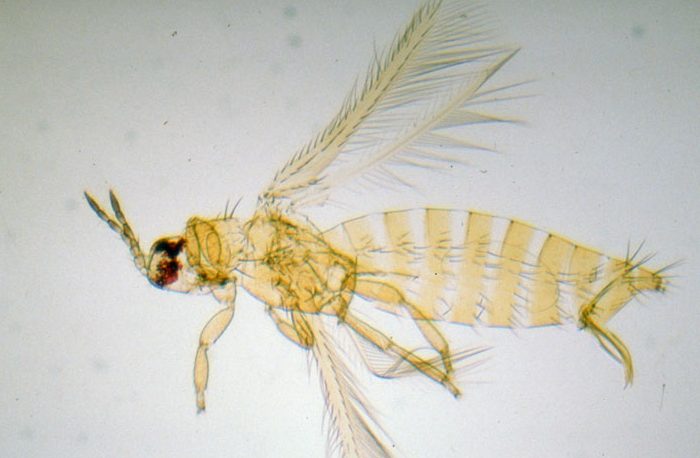By Clint Thompson
More in-depth scouting is required by Alabama specialty crop producers hoping to maintain insect pests this summer season. It is not enough for growers to survey their crops by just looking at the plants. They need to examine the plants more closely to understand the significance of any impact.

Ayanava Majumdar, Extension professor in entomology and plant pathology at Auburn University, highlights some of the insects that could wreak havoc on fruit and vegetable crops if gone undetected.

“The last time we talked about insects, we talked about some of the early-season flea beetles, grasshoppers and caterpillars; the dry season insects. Now we’re moving towards the sucking insect pests. This is kind of our next phase where the sucking insect pests like aphids, whiteflies and some of the larger ones like leaf-footed bugs and stink bugs start to show up and start to increase more and be more visible,” Majumdar said. “The good news is leaf-footed bugs and stink bugs have far less generations than caterpillars. Caterpillars increase really fast. We see some of the most dreaded ones like army worms, they have like four or five generations or more depending on your location. We don’t see that many of the stink bug species.
“I’d say for scouting, the next thing is to detect them, especially for aphids, whiteflies and even thrips. If you’re having any mid-season thrips migrations, look for them underside of the leaves, not on top like we do for caterpillars. Look into the canopy and at the bottom of the terminal leaves. These insects love to suck on the terminal leaves. The stink bug and leaf footed bug, they love the green state of the tomatoes, the tiny tomatoes. You’ve got to look closer into the canopy to look for them.”










